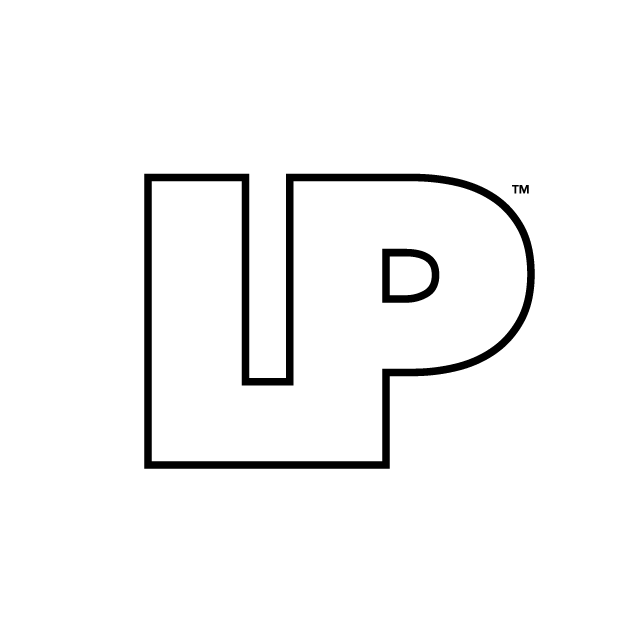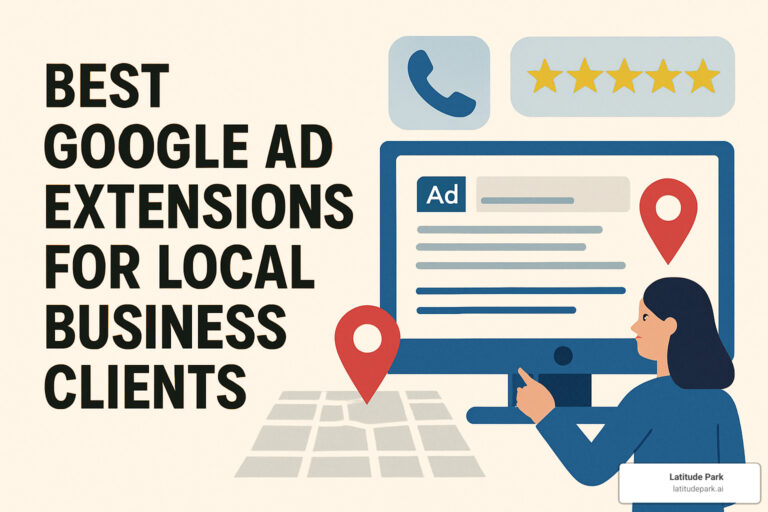
Mastering Meta ads—advertisements across platforms like Facebook, Instagram, and Messenger—in today’s competitive digital landscape is essential for businesses aiming to boost their online presence and drive conversions. With Meta’s expansive reach and advanced targeting capabilities, creating high-performance ads can significantly impact your marketing success. However, crafting these ads requires more than just compelling visuals and catchy copy; it demands a strategic approach that aligns with your business goals, audience preferences, and current market trends.
In this ultimate guide, we’ll explore everything you need to know about creating Meta ads that not only capture attention but also deliver tangible results. From setting clear objectives and pinpointing your target audience to designing eye-catching creatives and optimizing your campaigns, this comprehensive resource will equip you with the tools and insights to elevate your Meta advertising strategy and achieve remarkable outcomes.
Understanding Meta Ads
Meta ads are paid advertisements that appear across Meta’s suite of platforms. They offer various ad formats, targeting options, and analytical tools, making them versatile for different marketing objectives. Here’s a breakdown of the key components and best practices for creating high-performance Meta ads:
1. Setting Clear Objectives
Before diving into the creation of your Meta ads, it’s essential to define your campaign objectives. Meta ads offer several options, each tailored to different business goals. Choosing the right objective ensures your ad campaign is aligned with your desired outcomes and helps Meta’s algorithm optimize for the best results. Here are the main objectives you can set:
- Brand Awareness: Increase the recognition of your brand among potential customers. This objective is ideal if you’re looking to introduce your brand to a broader audience.
- Reach: Maximize the number of people who see your ads. This is perfect for campaigns that aim to reach a large number of people within your target audience.
- Traffic: Drive visitors to your website or app. This objective is suitable for businesses looking to increase site visits or app usage.
- Engagement: Boost interactions with your posts, such as likes, comments, and shares. This helps build a community around your brand.
- App Installs: Encourage people to download your app. This objective is tailored for app developers seeking more users.
- Video Views: Promote your videos to increase viewership. This is great for brands focusing on video content.
- Lead Generation: Collect leads through forms integrated into your ads. Ideal for businesses that rely on lead generation for sales.
- Conversions: Drive actions on your website, such as purchases or sign-ups. This is a critical objective for e-commerce businesses.
- Catalog Sales: Show products from your catalog to drive sales. Perfect for retailers with extensive product lines.
- Store Traffic: Increase visits to your physical store locations. Useful for businesses with brick-and-mortar stores.
2. Audience Targeting
Meta ads offer advanced targeting capabilities, allowing you to reach specific demographics, interests, and behaviors. Effective audience targeting is critical for maximizing ad performance. Here’s a closer look at the targeting options available:
- Demographic Targeting: Specify age, gender, location, language, and more. This allows you to narrow down your audience based on who they are.
- Interest Targeting: Reach people based on their interests, activities, pages they like, and closely related topics. This is particularly useful for finding users who are likely to be interested in your products or services.
- Behavioral Targeting: Target users based on their purchasing behavior, device usage, and other activities. This helps in reaching users who exhibit behaviors indicating purchase intent.
- Custom Audiences: Upload your customer lists or use website/app data to create audiences. This enables you to target people who have already shown an interest in your brand.
- Lookalike Audiences: Find new potential customers who are similar to your existing ones. This expands your reach to users who share characteristics with your best customers.
Combining these targeting options can help you create a highly specific audience profile, ensuring your ads reach the most relevant users.
3. Crafting Compelling Ad Creative
The creative aspect of your Meta ads is crucial for capturing attention and driving engagement. Here’s how to craft compelling ad creative:
Ad Formats
Meta offers various ad formats to suit different campaign objectives:
- Image Ads: Simple and effective, ideal for showcasing products or promotions.
- Video Ads: Engage users with dynamic and compelling content.
- Carousel Ads: Showcase multiple images or videos within a single ad, each with its own link.
- Slideshow Ads: Create lightweight videos from a series of images.
- Collection Ads: Feature a primary video or image with several smaller images below, ideal for e-commerce.
- Instant Experience Ads: Full-screen immersive ads that load instantly, formerly known as Canvas ads.
- Stories Ads: Vertical ads that appear within users’ Stories on Facebook and Instagram.
Visual Design
- High-Quality Images/Videos: Use clear, high-resolution visuals that represent your brand and message effectively.
- Consistent Branding: Maintain brand consistency with colors, fonts, and logos.
- Engaging Content: Create visually appealing content that grabs attention within the first few seconds.
- Aspect Ratios: Use recommended aspect ratios to ensure your ad displays correctly across all devices.
Ad Copy
- Headline: Write a compelling headline that captures attention and summarizes your offer.
- Primary Text: Keep it concise and engaging, highlighting the benefits or unique selling points.
- Call to Action (CTA): Use a strong CTA that encourages users to take the desired action, such as “Shop Now,” “Learn More,” or “Sign Up.”
- Ad Descriptions: Provide additional details in the description field to support your main message.
4. A/B Testing
A/B testing (split testing) is essential for optimizing your Meta ads. By testing different versions of your ad, you can determine which elements perform best. Here’s how to effectively conduct A/B testing:
- Test One Variable at a Time: Change one element (e.g., headline, image, CTA) in each version to accurately assess its impact. This allows you to pinpoint exactly which element influences performance.
- Run Simultaneously: Run your tests at the same time to avoid seasonal or time-based biases. This ensures that external factors do not skew the results.
- Monitor Performance Metrics: Track key performance indicators (KPIs) such as click-through rates (CTR), conversion rates, and cost per conversion. These metrics help you understand how well each version is performing.
- Analyze Results: Use Meta’s analytics tools to evaluate which version performed better and apply the insights to future campaigns. This iterative process helps refine your ads over time.
5. Budgeting and Bidding
Effective budget management and bidding strategies are vital for maximizing the ROI of your Meta ads. Here’s how to approach budgeting and bidding:
Budgeting
- Daily Budget: Set a limit on how much you’re willing to spend per day. This approach provides consistent daily ad exposure.
- Lifetime Budget: Specify the total amount you want to spend over the duration of your campaign. This gives flexibility in spending across the campaign period.
Bidding Strategies
- Automatic Bidding: Allow Meta to automatically set bids to get the most results for your budget. This is suitable for beginners or when you prefer Meta’s algorithm to handle bidding.
- Manual Bidding: Set a maximum bid for actions such as clicks or conversions. This gives you more control over how much you’re willing to pay for each action.
- Bid Caps: Control your maximum bid for each auction. This helps manage costs and avoid overspending.
- Cost Caps: Manage the average cost per action while getting the most conversions. This ensures you stay within your budget while aiming for desired outcomes.
Selecting the right budgeting and bidding strategy depends on your campaign objectives and financial constraints. Balancing cost with desired results is key to an effective ad campaign.
By following these steps, you can lay a strong foundation for creating high-performance Meta ads that drive engagement, conversions, and ultimately, business growth. In the next sections, we’ll delve into monitoring and optimization, leveraging advanced features, and ensuring compliance with Meta’s advertising policies to further enhance your campaigns.
6. Monitoring and Optimization
Continuous monitoring and optimization are essential to ensure your Meta ads perform at their best. Effective management of this process involves several key activities:
Performance Metrics
Regularly track key performance indicators (KPIs) to understand how your ads are performing. Important metrics include:
- Impressions: The number of times your ad is displayed.
- Click-Through Rate (CTR): The percentage of people who clicked your ad after seeing it.
- Conversion Rate: The percentage of users who completed the desired action after clicking your ad.
- Cost Per Click (CPC): The amount you pay for each click on your ad.
- Cost Per Conversion: The amount you pay for each conversion (e.g., sale, sign-up).
- Return on Ad Spend (ROAS): The revenue generated for every dollar spent on your ads.
Adjusting Targeting
Refine your audience targeting based on performance data. If certain demographics or interests are responding better, consider narrowing your focus to those groups. Additionally, exclude underperforming segments to optimize your ad spend.
Creative Refresh
To prevent ad fatigue, where your audience becomes desensitized to your ads, regularly update your ad creative. This can involve changing visuals, ad copy, or experimenting with new formats. Keeping your ads fresh helps maintain user interest and engagement.
Bid Adjustments
Based on campaign performance and budget considerations, adjust your bids to ensure you are maximizing value. If a campaign is performing well, you might increase your bid to capture more opportunities. Conversely, if costs are high without corresponding results, consider lowering your bid or reallocating the budget.
Ad Scheduling
Optimize ad delivery times to when your target audience is most active. Meta’s ad scheduling feature allows you to specify when your ads should be shown, ensuring they reach users at peak times for engagement.
7. Leveraging Advanced Features
Meta offers several advanced features that can significantly enhance your ad performance. These tools allow for more sophisticated targeting and dynamic content delivery.
Dynamic Ads
Dynamic ads automatically show the right products to the right people based on their interests and behaviors. By pulling from your product catalog, dynamic ads can display personalized content to users who have previously shown interest in similar items.
Retargeting
Retargeting ads re-engage users who have previously interacted with your website or app. By targeting these users with specific ads, you can remind them of products they viewed, encouraging them to return and complete a purchase.
Lookalike Audiences
Lookalike audiences help you find new potential customers who resemble your best existing customers. By creating lookalike audiences based on your customer data, you can expand your reach to users who are likely to be interested in your products.
Ad Placements
Choose between automatic placements, where Meta selects the most effective placement across all its platforms, or manual placements, where you can specify exactly where your ads should appear. Utilizing a mix of placements can help reach a broader audience and optimize performance across different channels.
8. Compliance and Best Practices
Ensuring your Meta ads comply with Meta’s advertising policies and best practices is crucial for avoiding disapprovals and maintaining a positive brand image.
Ad Policies
Familiarize yourself with Meta’s ad policies, which cover areas such as prohibited content, restricted content, video ads, and more. Adhering to these guidelines helps ensure your ads are approved and run smoothly.
Ad Relevance
Create ads that are relevant to your audience. Meta’s ad relevance diagnostics can help you understand how your ads compare to others competing for the same audience. High-relevance ads typically enjoy lower costs and better performance.
Privacy Regulations
Adhere to privacy regulations such as GDPR (General Data Protection Regulation) and CCPA (California Consumer Privacy Act) when handling user data. Ensure that you have proper consent for data collection and that your privacy practices are transparent and compliant.
Conclusion
Creating high-performance Meta ads requires a strategic approach that encompasses setting clear objectives, precise audience targeting, compelling ad creative, A/B testing, effective budgeting and bidding, continuous monitoring and optimization, leveraging advanced features, and ensuring compliance with advertising policies. By following these guidelines, you can maximize the impact of your Meta ads, drive more conversions, and achieve your business goals.
At Latitude Park, we specialize in crafting high-performance Meta ad campaigns that deliver exceptional results. Whether you’re looking to boost brand awareness, drive traffic, or increase sales, our team of experts is here to help. Contact us today to learn how we can elevate your Meta advertising strategy and take your business to the next level.
Contact Latitude Park to start optimizing your Meta ad campaigns today!









